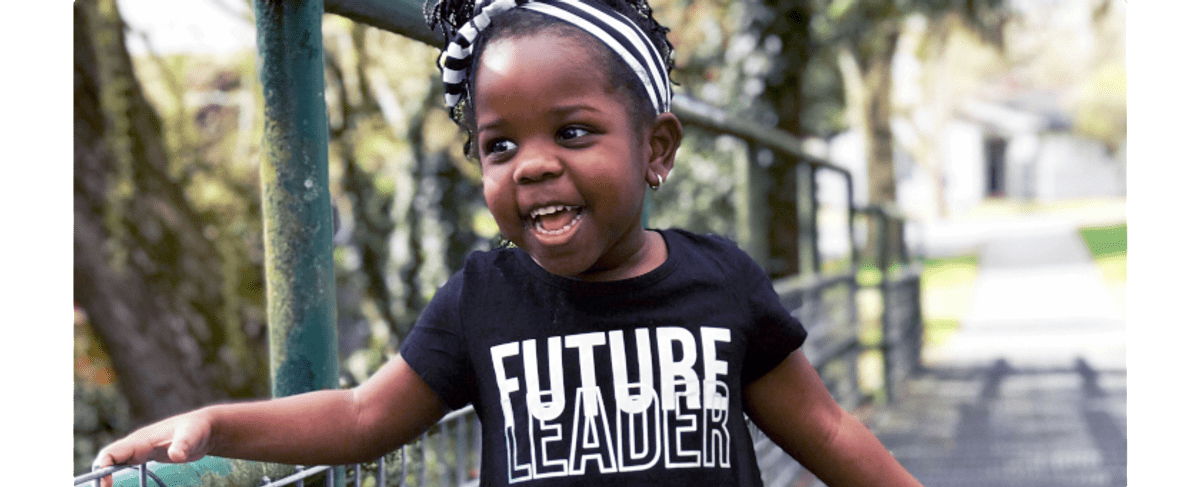Embracing diversity in your workplace
Start embracing difference by embracing diversity. Doing so increases change and innovation, improving decision making and quality of ideas, and ultimately leading to higher revenue. It is the right thing to do, and it is past time we ensure we are doing it.

As a leader we have the duty and the obligation to foster welcoming, healthy, diverse teams. Setting aside the moral question of whether diversity and inclusion are the right things to foster (they are), there are strong business reasons as well. In addition to the fact that fostering diversity simply means a larger talent pool, research has shown repeatedly that diversity leads to better decision making and improved revenue from innovation. Tangentially, mother nature herself has shown us that diversity in the biome and gene pool are net positives - something we should learn from and apply elsewhere.
Over the past 5 years or so I have seen increased amounts of brainpower devoted to the idea of hiring for “cultural fit”. It feels compelling - hiring for cultural fit leads to strong teams and lowers employee churn. But does it not also beg the question of whether we have strong, anti-fragile cultures if all it takes to wreak havoc is to have somebody on the team who is different?
I certainly posit that workers should share certain positive traits - a drive to learn, a drive for quality, etc. However, we should never seek to achieve monoculture within our organizations, even if it optimizes for short-term productivity. Healthy teams NEED diversity of thought and experience to make better, more accurate decisions. Without having people who disagree with the group consensus, or at the least have different life experiences and perspectives, ideas are not challenged. Unchallenged ideas are mantras, lacking rigor and evidence, and bad ones are not discarded nearly quickly enough.
How then to get started? It starts with working against one’s unconscious biases. Firstly, ensure qualified candidates are not self-selecting out of applying for your roles by keeping your job descriptions factual and informative and removing biased words and language. Next, standardize your interviewing process so you ensure you have the same questions and assessments for all candidates and can generate consistent data with which to make hiring decisions. Additionally, seek to standardize pay packages where possible and avoiding the possibility of paying women and minorities less than their counterparts.
Fostering diversity outside of the hiring process means welcoming differences and change. We must train our teams to listen to unique or different perspectives and to think critically on what we can learn from those perspectives. This can be as simple as diversity training videos/seminars, but it should be role play opportunities so the group can discuss potential insights and noodle over what they can learn from each other. But let us take it a step further - we must ensure that we are encouraging our teams to look for and embrace these differences, as they make our own decisions stronger and experiences richer.
We must then ensure that the necessary structural changes that come from embracing diversity take hold and “stick”. We all must face the reality that 60 years ago the American workforce was predominantly white men. While tremendous strides have been made since then - credit where credit is due - we can continue to improve our workplaces when we see an opportunity to do so. When we see that our workplace and our teams do not reflect cultural and demographic shifts occurring around us, we must pause and ask why. If vulnerability and independent thought are not welcomed and embraced, we must pause and ask why. Make time to take note of what your organization and culture are silently showing you and investigate opportunities to make a difference.
I will stop here and speak personally from a few miles outside of Minneapolis. On top of a LOT of diversity and gender-related training back in the 90s I learned two phrases during military training that I want to share with you. “It takes all kinds” - said to a skinny kid (me) wondering if they could survive OCS (FYI, barely), reminding us that we all have something to give. “We’re all just light green and dark green” - a black instructor reminding his significantly white platoon that the world is diverse, and it is only our perspective that holds us back.
I also had some important values drilled into me - honor, courage, and commitment - and I would like to dive into integrity and honor. Integrity is well defined by the famous C.S. Lewis quote, “integrity is doing the right thing even when no one is watching”. It means being honest and trustworthy because they are the right thing to be. Honor is the public side of integrity - being known to be upstanding and having integrity. It means that you can be counted on to do the right thing.
Leaders must act with integrity and honor. They must stand up for what is right and stand up for those that cannot stand up for themselves. I am proud to say that I believe that black lives matter.